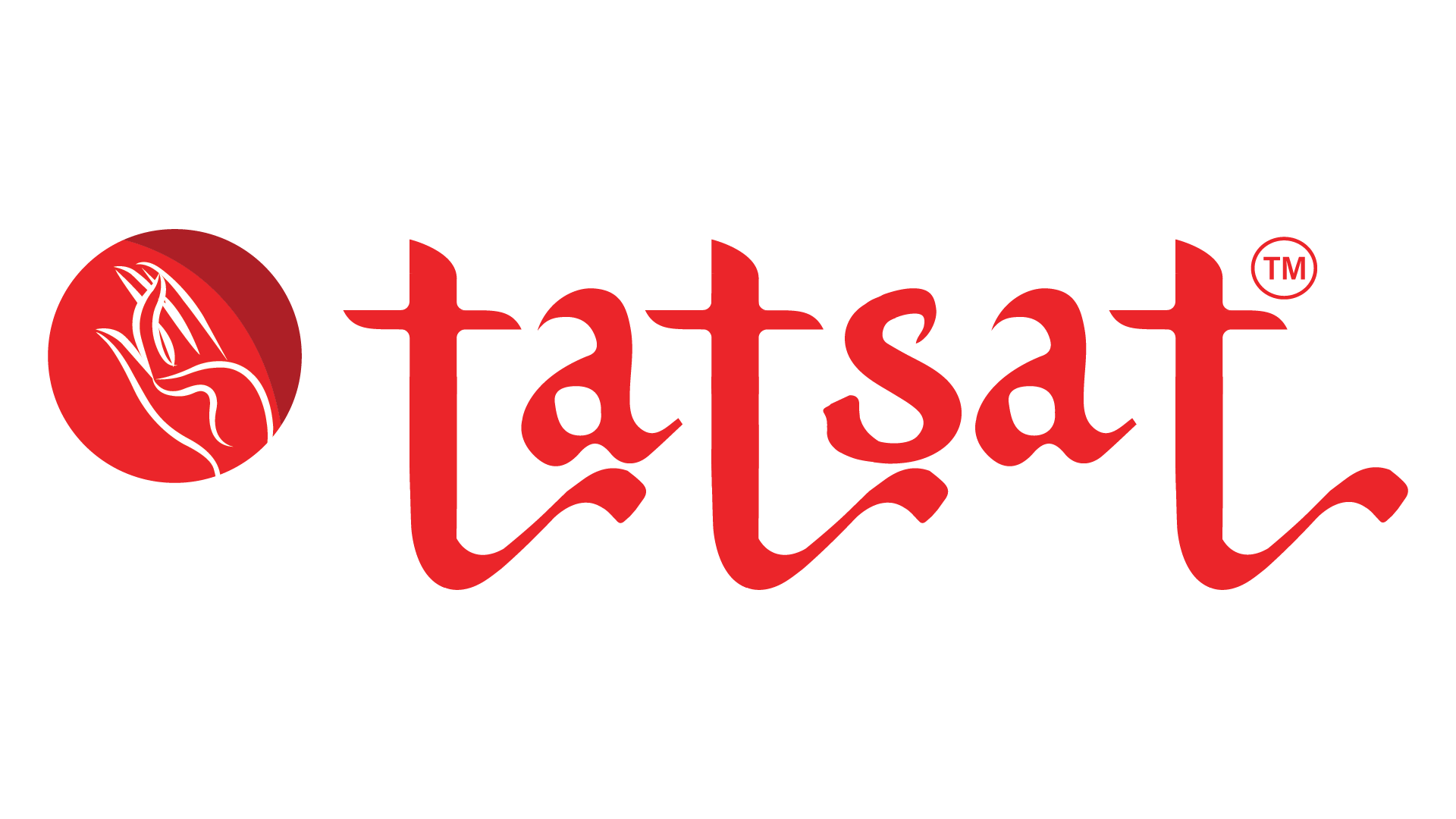OUR APPROACH
Our unique, holistic approach to project management helps us to see the big picture, which is helpful for blending various approaches from the first to the last stage in a project’s lifecycle. We build a comprehensive project map by breaking it down into its individual components for providing end-to-end solutions. This multi-step process ensures high-fidelity impact, speedy rollout and implementation, tight monitoring, and course-correction, as and when needed.
-

Gap Analysis
At Tatsat FoundationTM , the starting point for all projects is by conducting a detailed analysis for quantifying the gap between the actual state and target state, desired results and actual outcomes across and actual resources against optimum resources across the entire project chain. This enables us to establish the missing pieces that result in suboptimal delivery. We conduct gap analysis by blending on-ground studies with analysis of various data points. During this stage of planning, technology requirements and the innovation componentis also factored into the blueprint.
-

Research
Once we have established the gaps in the process chain, we commission research into various aspects of the project to create a map of specialised, project-specific needs at various stages of its lifecycle. For existing or ongoing projects, we analyse the reasons for the missing pieces and build scenarios for plugging those gaps. Depending on the nature of the project, we use a combination of quantitative and qualitative research methodologies.
-

Project Design
For us, the most critical aspect in determining the outcome of any project is its design. We design our projects after accounting for inputs from gap analysis and research for the first iteration of the project design. At the designing stage, we also rely upon experts from various fields for incorporating domain-specific inputs. Depending upon the complexity of the project, the design goes thought several iterations before it is presented to the stakeholders for evaluation. Target outcomes are built into the design at various stages of the project. Various statutory permissions and government clearances that might be required for execution is built into the project design.
-

Proof-of-concept
Before any project is rolled out, we launch a pilot for a limited period of time to validate the project design and test the robustness and proof of concept. This is an important step for finetuning the various components of the project, which are included in the final rollout plan for largescale deployment. At the proof-of-concept stage, the manpower is trained for specific needs of the project.
-

Rollout
After validating the proof-of-concept, we ensure speedy rollout of the project. The objective is to keep the time lag between the pilot and actual deployment to minimum for ensuring efficiency. Depending on the nature of the project, the rollout plan is implemented in phases, especially for largescale and multi-location operations. For smaller projects, the rollout usually happens in one go.
-

Measured outcomes
We use our proprietary matrix to measure the outcomes at every stage of the project implementation against targeted outcomes. This enables us to constantly evaluate the progress of the project as a whole and of the individual silos. Our parallel process of constantly measuring outcomes at every stage in the lifecycle, gives us the right tools to do real-time course correction.
-

Evaluation & Monitoring
Depending on the size of the project, we establish a pre-determined timeline for evaluation. For projects that have many components, the frequency of evaluation is higher compared to projects of smaller size. Every evaluation is documented in the form of audit reports and updates are shared with various stakeholders at regular intervals.
-

Reporting
Transparent reporting is critical for honest impact assessment. Over the years, we have developed a robust reporting system that is equipped to meet the requirements for regulatory compliances. With the Government of India making CSR reporting mandatory after notifying the Companies (Amendment) Act, 2021, it’s now compulsory for companies to make CSR reports an integral part of their Annual Report that needs to be filed with the Ministry of Corporate Affairs. Our reporting system is geared to meet all these statutory requirements.

